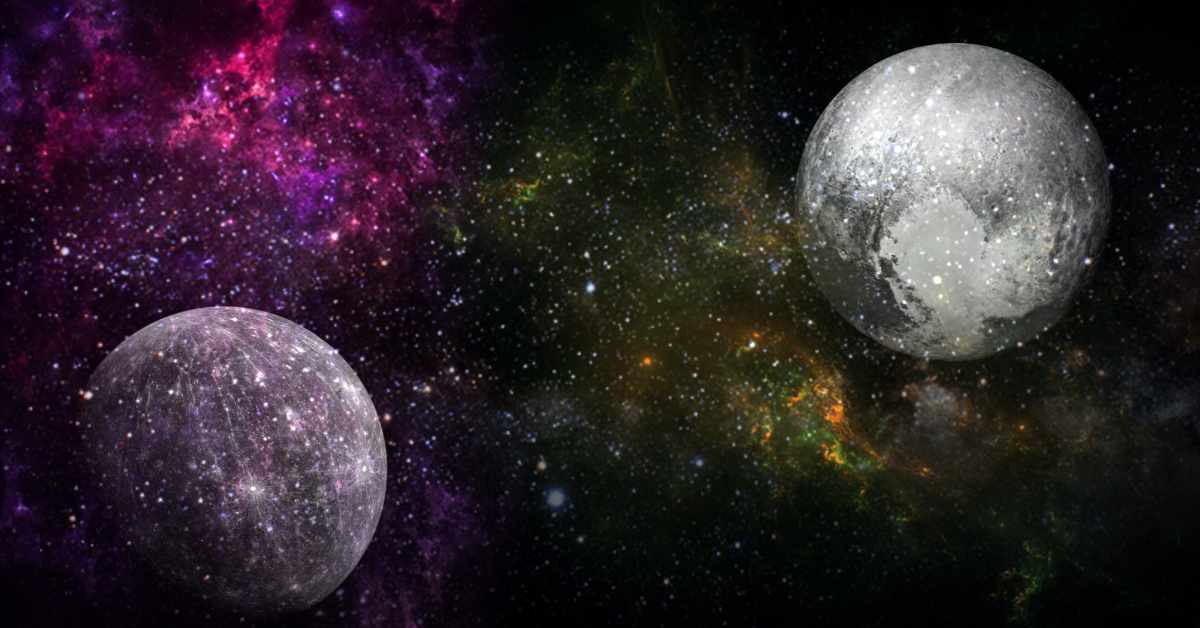The night sky is filled with countless objects to observe, from bright stars and planets to distant galaxies and nebulae. Whether you are a beginner or an experienced stargazer, there is always something new to discover. Here are the top 10 objects to observe in the night sky:
The Moon. The Moon is Earth’s only natural satellite and it is a fascinating object to observe. Its phases and surface features can be easily seen with the naked eye, and it can also be observed with binoculars or a telescope to see more detail.
The planets. The planets in our solar system can be observed in the night sky, and they often appear to move among the stars. Venus is often referred to as the “Morning Star” or the “Evening Star” because it is so bright and visible. Jupiter and Saturn are also bright and visible, and they have many moons and features that can be observed with a telescope.
The constellations. The constellations are patterns of stars that have been given names and stories by ancient cultures. Familiarizing yourself with the constellations can help you navigate the night sky and find your way around. Some of the most well-known constellations include Orion, the Big Dipper, and the zodiac constellations.
Deep-sky objects. The night sky is home to many fascinating deep-sky objects, such as galaxies, nebulae, and star clusters. These objects are often too faint to be seen with the naked eye, but they can be observed with binoculars or a telescope. Some of the most famous deep-sky objects include the Andromeda Galaxy, the Orion Nebula, and the Pleiades star cluster.
Comets are small, icy bodies that orbit the sun and leave a bright, glowing tail of gas and dust behind them as they approach the sun. Comets are relatively rare and unpredictable, but when they are visible, they can be a spectacular sight.
The Aurora Borealis (Northern Lights) and Aurora Australis (Southern Lights). These natural light displays occur in the Earth’s atmosphere and are caused by charged particles from the sun interacting with the Earth’s magnetic field. They can be seen in high-latitude regions, such as the Arctic and Antarctic, and they are a beautiful and mesmerizing sight.
Meteor showers. Meteor showers are events where the Earth passes through a stream of debris left behind by a comet. When these debris particles enter the Earth’s atmosphere, they burn up and create bright streaks of light in the sky. The most well-known meteor shower is the Perseids, which peak in August.
Eclipses are events where one celestial body (such as the Moon or a planet) passes in front of another celestial body (such as the Sun). There are two types of eclipses: solar eclipses and lunar eclipses. Solar eclipses occur when the Moon passes in front of the Sun, and lunar eclipses occur when the Earth passes between the Sun and the Moon.
The International Space Station (ISS). The ISS is a spacecraft that orbits the Earth and is home to a crew of astronauts. It is visible from the Earth’s surface at certain times, and it appears as a bright, moving object in the sky. You can find out when the ISS is visible in your area by using a website or app that tracks its orbit.
Satellites. Many satellites orbit the Earth and can be seen from the ground at night. Many astronomy apps and software include options to help you spot artificial satellites.

